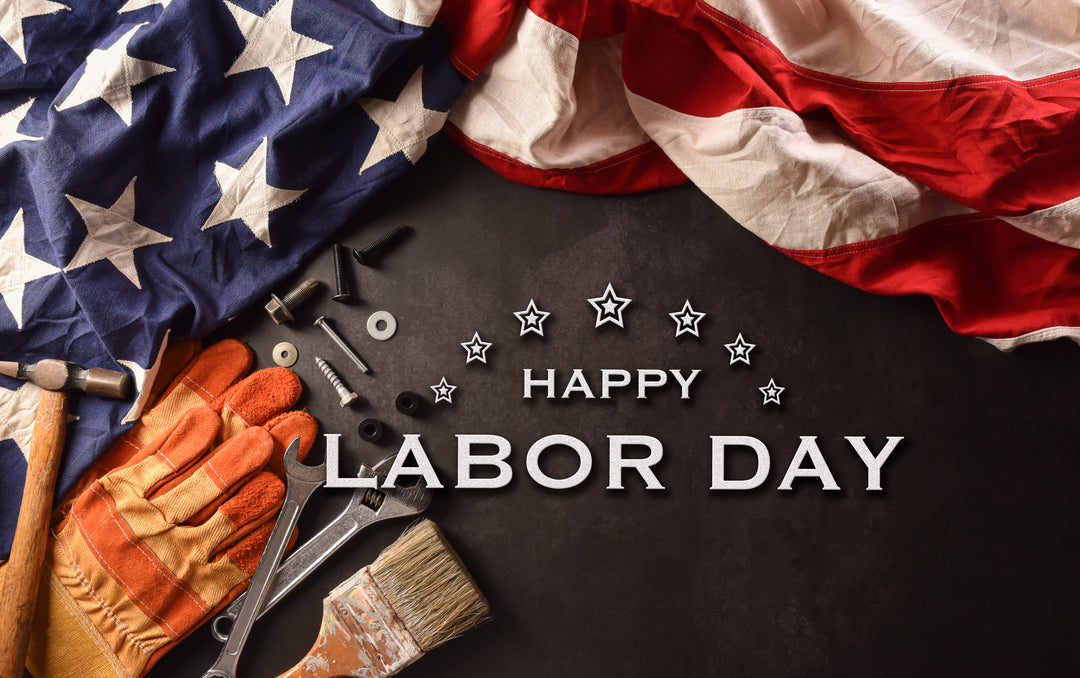Money - Making it/Keeping it


Labor Day, celebrated on the first Monday in September, honors the contributions and achievements of American workers. Originating in the late 19th century during the Industrial Revolution, it was established by the labor movement to recognize the struggles and successes of workers. The first Labor Day parade took place in New York City on September 5, 1882. It became a federal holiday in 1894 following the Pullman Strike. Today, Labor Day marks the unofficial end of summer and is celebrated with parades, barbecues, and various festivities, reflecting both its historical significance and contemporary cultural importance.



In the dynamic landscape of modern business, the value of experience is often underestimated. Yet, older workers bring a wealth of knowledge and stability that can significantly enhance organizational performance. Research underscores this point: a study by the AARP found that employees over 50 are more engaged and show higher levels of loyalty compared to their younger counterparts. This engagement translates into lower turnover rates, saving companies substantial recruitment and training costs.






